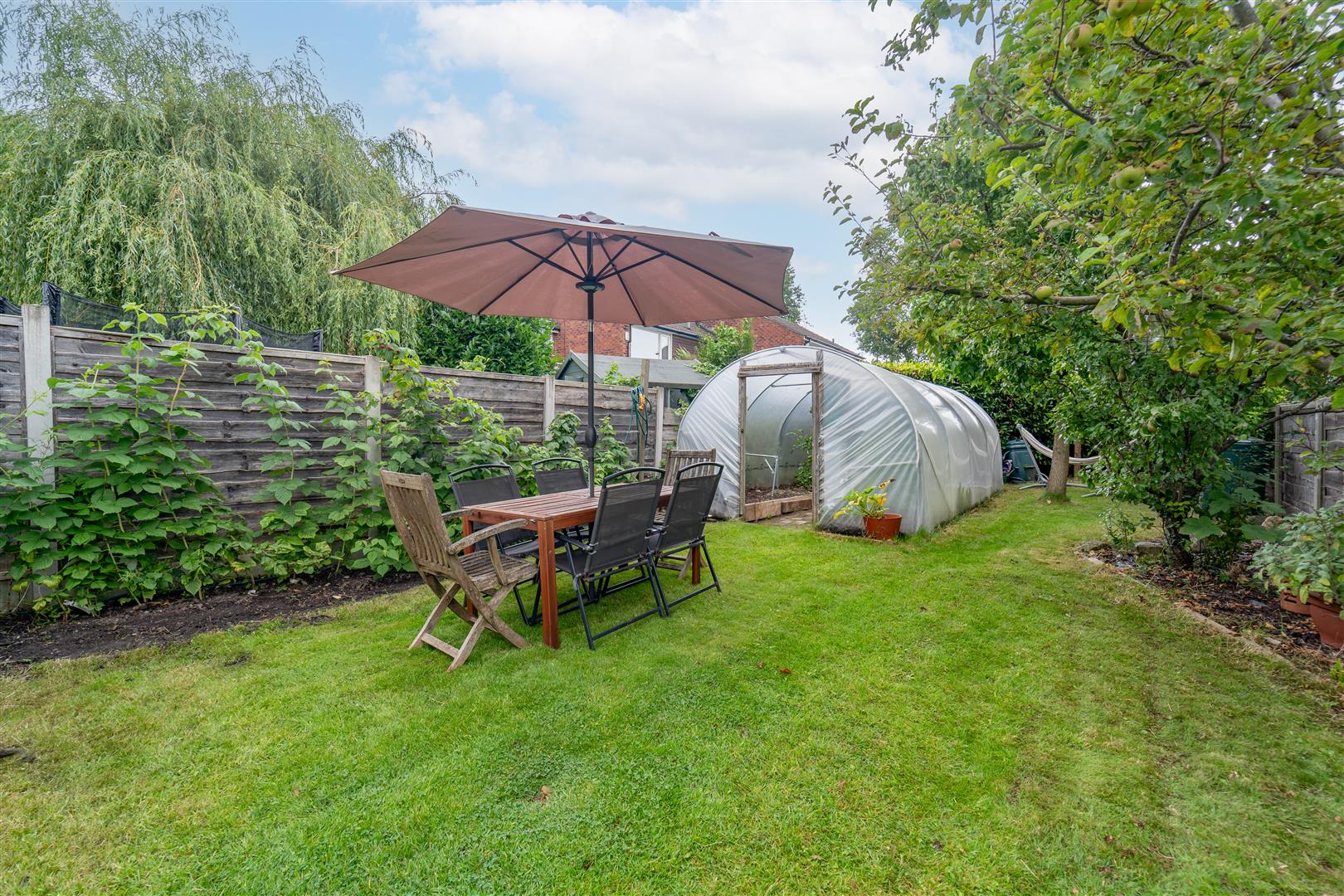Plan now for a great veg harvest this summer..
While the weather is still so cold and wet, thinking ahead to a summer of home grown vegetables seems almost impossible, but now is precisely the time when to plan your planting.
When to plant vegetables for an English country harvest
Whether you have Good Life-style plans to go almost independent of supermarket veg, or simply want to educate your children a little on where veggies actually come from (and to be honest, there is a lot of fun to be had with small children and fresh clean soil), now is the time to start planning your summer crops. While there’s no planting to be done till March, you can start off potatoes, save up cardboard boxes (all will become clear), and plan precisely what you want to grow, creating a timeline for yourself to follow from now till September.
There are a couple of approaches you can take: you can buy established seedlings and plug plants from your local garden centre, or you can buy packets of seeds and start each plant completely from scratch. The second approach works most easily if you have a greenhouse – starting seeds in little trays balanced on windowsills is perfectly feasible, but can get messy. It just takes one cat jump to upset the lot. We speak from experience…
First things first, however – if you don’t have an established vegetable garden, you need to decide where this will be, and how much space you are willing to dedicate. The more space, the more work, so start small – you can always add to it if the green thumb bites.
It’s fine to reallocate established flower beds, or take out a slice of lawn, and using the no-dig method makes it really easy too.
What is the no-dig method?
In short, the no-dig method means you don’t have to dig out the ground you plan to use for your veg beds, saving time and energy. It’s actually better for the soil not to mess it around too much, maximising the necessary biodiversity needed for optimum production.
If you are taking over a slice of lawn, simply use a spade to delineate the veg bed you have decided on, then fill that space with a thick layer of newspaper or cardboard. If you want, you can add wooden edging around the borders – use decking planks from a garden centre. It’s not necessary, but it looks smarter. Then simply dump several bags of garden soil or compost (if you have a compost heap, that’s perfect) onto the cardboard, to about 12-15cm deep. You can plant straight into this. The cardboard and mulch will keep any weeds from below at bay, and the non-compacted soil makes for easy planting, cropping and pulling out weeds that float in on the air.
If you’re taking over a flower bed, you can use this method, but will need to dig out any perennials already in place.
Choose what vegetables to grow
This is the fun part – planning your veg crops. Choosing your vegetables depends wholly on what you want to eat this summer. There are some fail-safe options, such as potatoes, pumpkins, onions, leeks and beans. Beetroot will grow through the summer and be ready for early autumn, and courgettes provide masses of fruits from mid-summer on. Decide what you want, and how much space you need to make it a worthwhile exercise.
Potatoes
You can start ‘chitting’ potatoes now. Visit your garden centre and choose the seed potatoes variety you want to grow. Then line them up in egg boxes till they start looking back at you – when the shoots from these ‘eyes’ are about 2cm tall, they are ready to plant. If you don;t want to give over a whole bed to potatoes, have a look at potato bags. They take up very little room and you can plant three seed potatoes in each one and get an excellent crop. Wherever you plant, start with placing your chitted potato into the soil and covering with an inch or two of compost or soil. Check it daily and every time it starts to poke stems above the soil, cover it over again. If you’re using a bed, you’ll need to start with a trench, then use the soil dug out to cover the growing potato. It’s simpler in a bag, you just keep filling the bag over the stalks.
Depending on the variety of potato you have chosen, you could be harvesting your first crop in June.
Pumpkins
Great if you have kids – growing your own Halloween pumpkin is super-exciting, and great if you don’t! Pumpkin makes great soups, is amazing alongside an autumn roast, and looks great in the garden, too. Choose one or two varieties depending on what you want it for. You can plant these seeds directly into your prepared veg bed, or start them off in small pots on a windowsill or greenhouse. The latter is best, if you can, as you can see what’s happening, which is always fun. Put your seeds in pots in March or April, and plant them out when they put out their first fuzzy leaves (there will be two smooth ones first, then the ‘real’ leaves). If you’re planting directly into the bed, plant out in May, when there’s no more risk of frost and the soil is starting to warm up properly. They’ll be ready to pick from late September.
Courgettes
Fabulous summer fruits, courgettes are easy to grow and you can use in many ways – even in sweet and satisfying muffins. One word of warning – don’t plant too many, they produce loads of fruits and you’ll be sick to death of them by autumn! Start them indoors, in spring, or buy ready-to-plant from your garden centre. Courgettes can be grown upwards, as well as just allowed to spread across the bed, making the most of your space. If you fancy this, choose a variety that doesn’t get too big, and invest in sturdy, tall bamboo canes and some strong garden twine.
Tomatoes
You can grow tomatoes outside, but their success depends on sunshine. Last summer was pretty poor for tomatoes, with all the rain, leading them to ripen late. Buy ready-to-plant tomato plants from your local garden centre and plant into the bed next to a deep-planted bamboo cane. Tie string to the top of the cane and let it hang to the top of the plant. As the plant grows, wind the string around the main stem to support it as it climbs.
Herbs
Possibly the easiest choice, planting a herb bed is quick and simple. Just pop to your local garden centre, select the herbs you want, and plant them up. Here, perennial herbs such as rosemary, sage, thyme and oregano do really well. Just make sure the bed you choose is well drained, as they don’t like wet feet. While you’re at the garden centre, grab a couple of terracotta pots and some packets of annual herbs, such as basil and coriander. Placed outside the back door, they grow easily and fast, providing a taste of summer all summer long.
Really, the vegetable world is your oyster, and there is so much information to be found online you can be sure to find the guide to growing you need, whatever you choose. Just choose something, and have some fun!
Eddie – Monday 12th February 2024. (Image used from Daresbury Road, Chorlton).



